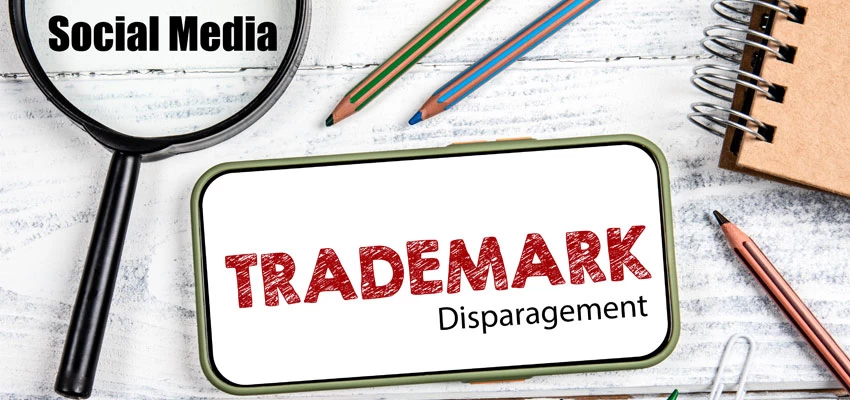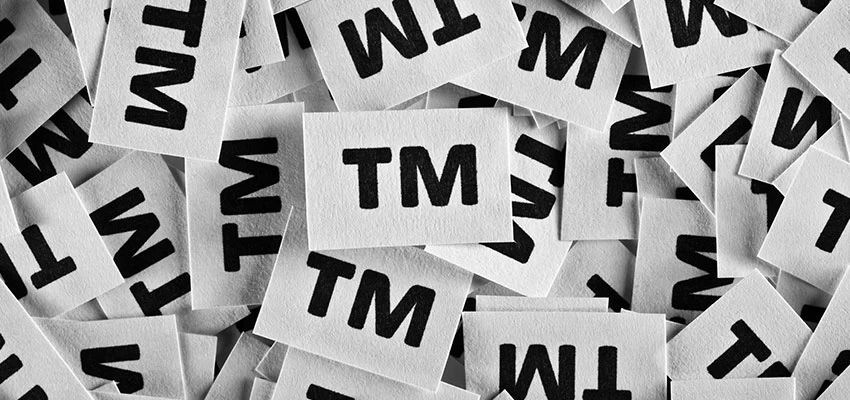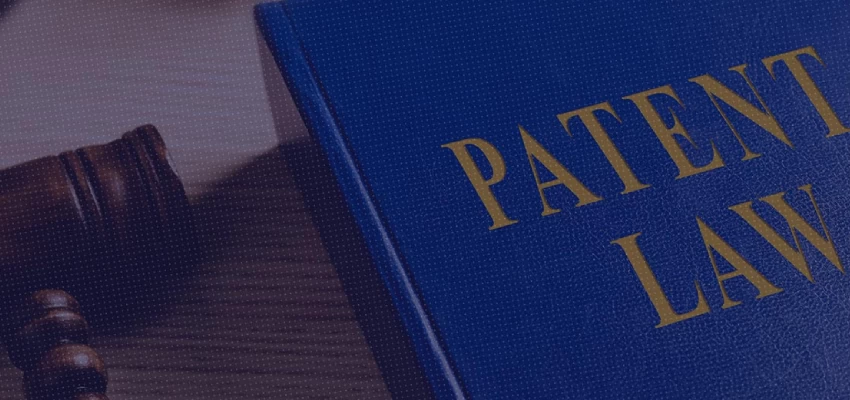Introduction
The ‘Doctrine of Territoriality’, accords protection to a trademark within the territory of the state where it has been registered or used. In simpler words, it means that a trademark shall be protected against any unauthorized use by any person within the country where it has been registered, used, or is known to the public.
This territorial protection often results in ‘squatting of trademarks’ in countries where the trademark does not have any presence or is not commonly known to the general public. Many well-known brands have been unsuccessful in protecting their rights in countries outside their home territory on account of a third party having secured statutory rights in that jurisdiction. This often leads to a reassessment of strategies and the adoption of new measures.
Large corporations have had to deal with the issue of squatting in the past. For instance, Apple Inc., had to pay a whopping US $ 60 million to settle a dispute involving its mark ‘IPAD’ with a Chinese company, Shenzen Proview Technology, which had registered the trademark IPAD in China in 2012. Starbucks also had to enter into legal proceeding against a Russian national who had registered the trademark Starbucks in Russia to secure its entry into Russia. The legal proceeding substantially delayed Starbucks’s entry into the Russian market. Closer home, the launch of Playstation 5 or PS5 by Sony in India was delayed on account of a trademark application by a squatter who had filed a trademark application for ‘PS5’ for the identical specification of goods that were covered under Sony’s registration for the mark PS4. On opposition proceedings being filed by Sony, the application was withdrawn.
Meaning of trademark squatting
The World Intellectual Property Organisation (‘WIPO’) defines Trademark Squatting as ‘the registration or use of a generally well-known foreign trademark that is not registered in the country or is invalid as a result of non-use’[1]
Often trademark squatters adopt, apply for, and use well-known trademarks with the sole motive to sell them for a profit at a later stage. The typical scenario is for a squatter to register the trademark of a known entity and wait until the brand owner enters the local market.
If said well-known trademark has a cross-border reputation in the country which can be demonstrated before courts by way of documents, the squatter may be restrained by a Court. The Court may also grant damages in favour of the proprietor of the well-known trademark. However, if the said trademark does not enjoy cross-border reputation, it will be difficult for a proprietor to protect rights in the trademark. As a result, the proprietor may have to negotiate with the squatter for the purchase of the trademark or involve in long-drawn legal proceedings before the tribunal and/or the Court.
India’s stand on trademark squatting
India follows the ‘first to use’ concept when it comes to trademarks, meaning thereby that the applicant can claim prior use, i.e. from the date of first use of the mark in India. Also, the concept of a well-known trademark is formally recognized under the Trade Marks Act, 1999 in India. Such well-known marks are entitled to protection even in respect of use for disparate goods and/or services.
Indian Courts in the past have granted protection to well-known trademarks against infringement even when the concept of well-known trademarks was not formally recognized.
The Supreme Court of India in its judgment in N.R Dongre and Ors. v. Whirlpool Corporation and Ors.[2], while upholding the decision of the single bench and division bench of the High Court of Delhi recognized the principle of trans-border reputation in India.
In the above case, Whirlpool Corporation had sought registration of the mark, Whirlpool in the year 1956 for cloth dryers, dishwashers, washing machines, and other appliances. However, in 1977 due to non-renewal, the registration of said trademark lapsed. In 1986, Mr. N.R. Dongre applied for registration of the mark, Whirlpool which got published in the Trade Marks Journal on October 16, 1988, and subsequently, opposed by Whirlpool Corporation on January 16, 1989. The opposition was dismissed by the Registrar of the Trade Marks on the ground of non-use and no reputation of the trademark, Whirlpool in India. This resulted in the appeal before the Single Bench of the High Court of Delhi. Based on the documents submitted by Whirlpool Corporation before the High Court of Delhi evidencing the transborder reputation and prior use of the trademark, Whirlpool in India, Single Bench observed that Whirlpool Corporation was the prior use of the trademark and also had a trans-border reputation in India. Unsatisfied with the decision of the Single Bench, Mr. N.R. Dongre appealed before the Division Bench. The Division Bench observed that there is no plausible and convincing explanation from Mr. N.R. Dongre as to how he came to adopt the mark ‘WHIRLPOOL’. Accordingly, the appeal was dismissed.
Mr. N.R. Dongre further appealed before the Supreme Court of India against the order of the High Court of Delhi, wherein the Supreme Court upholding the decision of the Single Bench and Division Bench of the High Court dismissed the appeal with costs.
The Supreme Court of India in the landmark case of Toyota Jidosha Kubushiki Kaisha v. Prius Auto Industries Ltd. and Ors.[3], observed that Toyota had no trans-border reputation in India.
In the above case, Toyota filed a suit of infringement against Prius Auto Industries Ltd., for wrongfully registering and using the mark PRIUS in India. Toyota claimed that they have been using the mark, PRIUS since 1997 and based on the prior extensive global use and marketing/promotion has a transborder reputation in India. However, based on the documents produced before the Court by Toyota, it was observed that Toyota did not have enough documentary evidence demonstrating the trans-border reputation of the mark, ‘PRIUS’. It was also observed that Toyota did not start using the mark PRIUS in India until 2010 which was subsequent to the use by Prius Auto Industries in 2006. Thus, the Supreme Court concluded that Prius Auto Industries had all the rights to use the mark PRIUS in India without any interruption.
In so far as squatting of well-known marks is concerned, the High Court of Delhi in Hengst SE & Anr. v. Tejmeet Singh Sethi & Anr.[4], passed an Order against the Defendants, who were found to be indulging in trafficking/hoarding of several well-known marks of different entities including those of the Plaintiffs.
In the above case, the Court observed that the Defendants indulged in squatting of a total of 378 well-known marks of different entities. By directions of the Court, the Defendants in their written undertaking acknowledged the rights of the Plaintiffs and undertook to withdraw not only the application infringing the rights of the Plaintiffs but also all the other applications infringing well-known marks.
Further, the Defendants were also imposed with a cost of INR 10 lakh that was to be paid to the counsel of the Plaintiffs in a time-bound manner and if said payment was not made in the prescribed time, the Plaintiffs were permitted to seek revival of the instant suit and also pursue their claim for damages of INR 2 crore along with the additional costs.
Recent developments in other countries
Amidst the tension between Russia and Ukraine, several countries supporting Ukraine imposed sanctions on Russia resulting in several MNCs winding up their business from Russia. These include companies such as Apple Inc., Nike++, Adidas ++, Ikea ++, and McDonald’s. In retaliation to this and the sanctions imposed, the Government of Russia passed a decree formally allowing locals to adopt and use well-known foreign trademarks with respect to their identical goods/services. In other words, this step legalizes the theft of intellectual property (‘IP’). The decree also lists a roster of ‘unfriendly countries’ whose companies’ IPs are now available to Russians for free, meaning thereby that no royalty/fees will be required to be paid to the actual IP holders. These countries include the U.S.A, Japan, South Korea, and every country in the European Union. The decree also states that owners of intellectual property rights (‘IPRs’) residing in any of the unfriendly countries are not entitled to compensation in case of an infringement of their IPRs. This has resulted in the squatting of several well-known trademarks.
A few examples of such trademark squatting are provided hereinbelow:
- APPLICATION BY RUSSIAN FIELD LOGISTIC

The said entity has bodily lifted the McDonald’s logo and has applied for registration for similar services.
- NIKE AND ADIDAS LOGOS HAVE ALSO BEEN APPLIED BY A THIRD PARTY IN RUSSIA

The above examples clearly demonstrate the fact that even if brands have a trans-border reputation and prior use in Russia, they will not be able to protect their trademarks on account of the decree recently passed by the Russian government.
Conclusion
Trademark squatting is a bane and stricter measures should be adopted while dealing with trademark squatters. A stricter measure will definitely demotivate squatters and will not result in the production of fake products of inferior quality by the squatters under the well-known brands.
However, based on India’s stand on trademark squatting, it is also worth noting that a foreign entity claiming to have a transborder reputation must be able to produce enough evidentiary materials to support its claim of presence in India. Thus, the foreign brands must bear in mind that evidence of spillover reputation is mandatory in such cases.
[The authors are Senior Associate and Partner, respectively, in IPR practice at Lakshmikumaran & Sridharan, New Delhi]
- [1] https://www.wipo.int/edocs/pubdocs/en/intproperty/489/wipo_pub_489.pdf
- [2] Civil Appeal No. 10703 of 1996
- [3] CIVIL APPEAL NOs.5375-5377 OF 2017
- [4] CS(COMM) 600/2021 & I.A. 15381/2021













